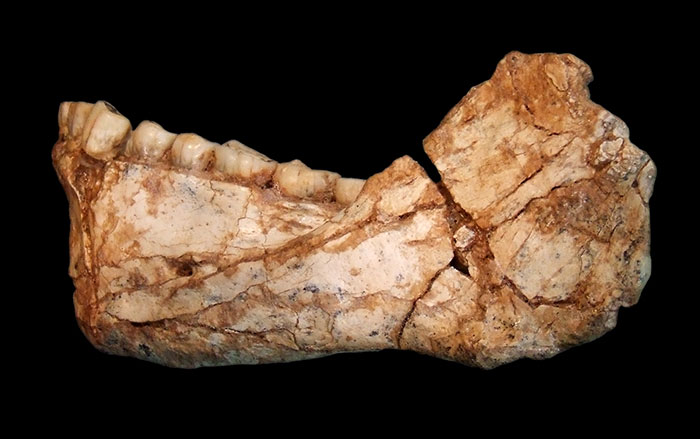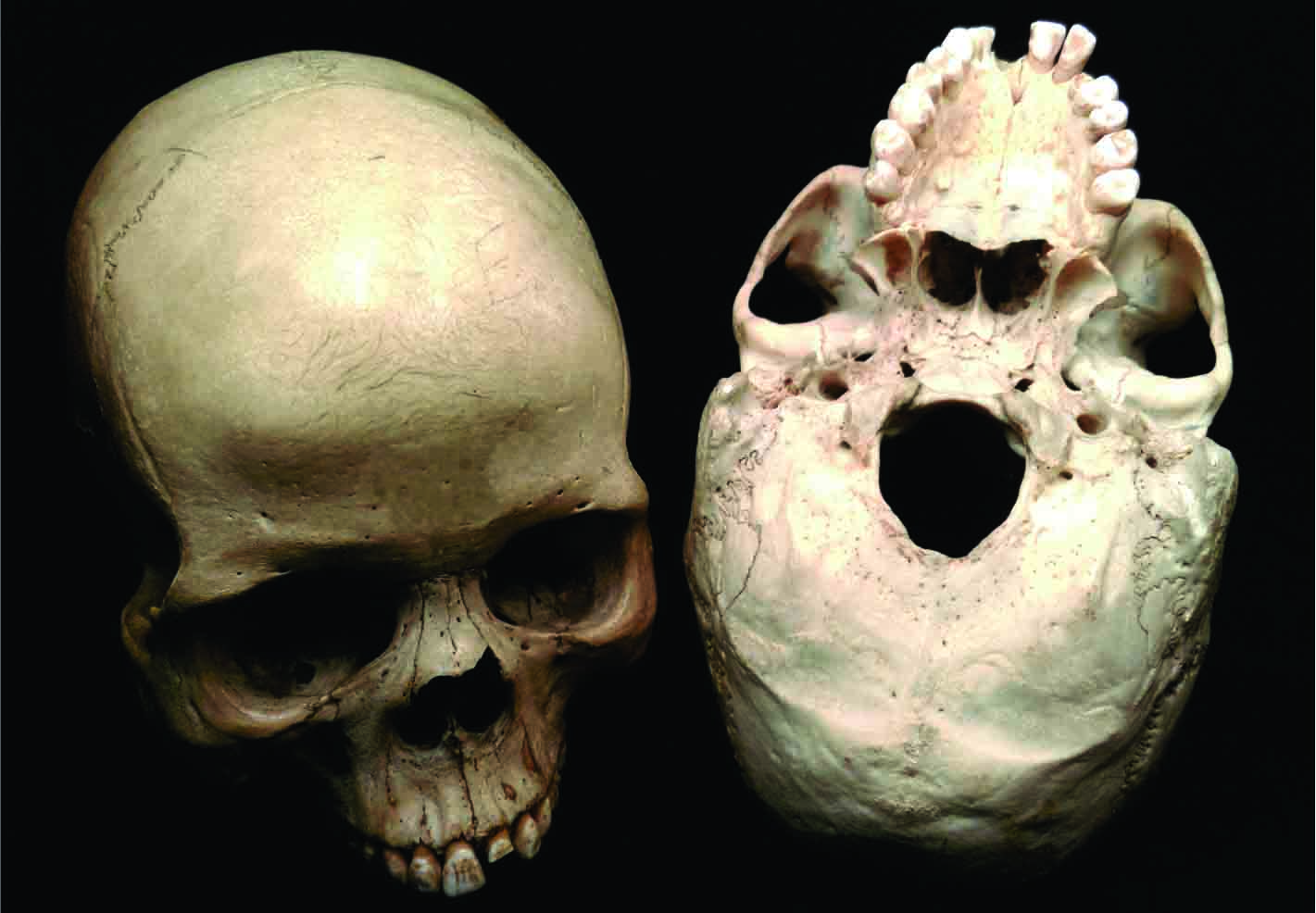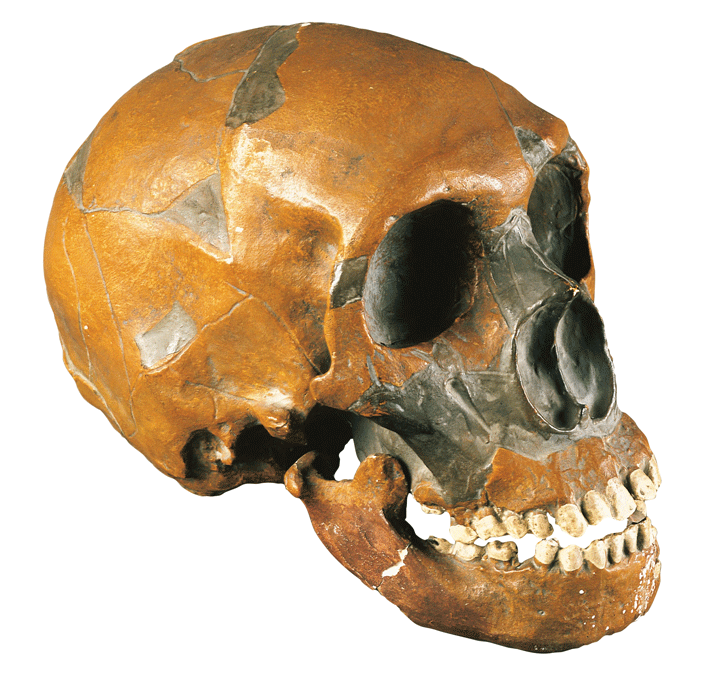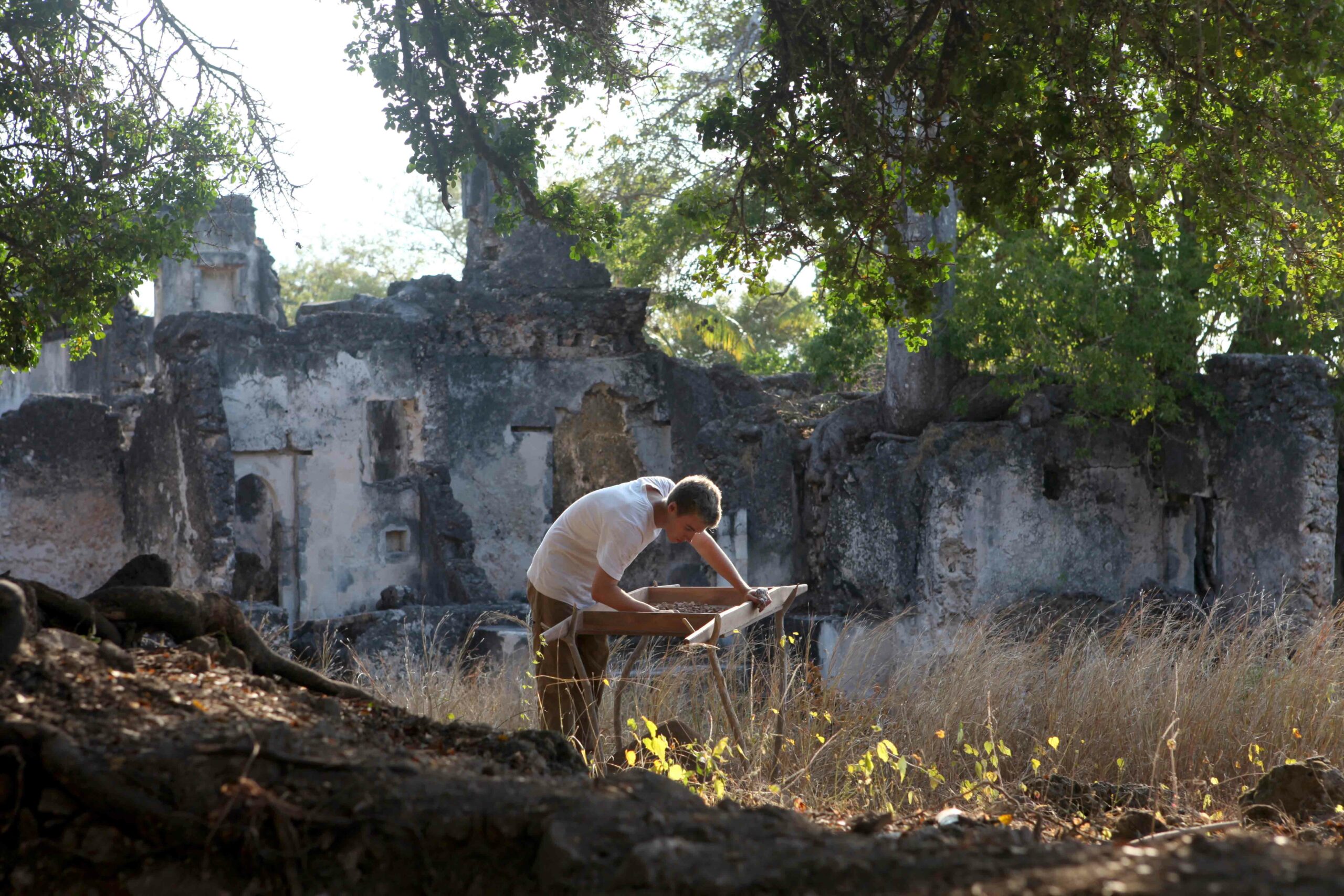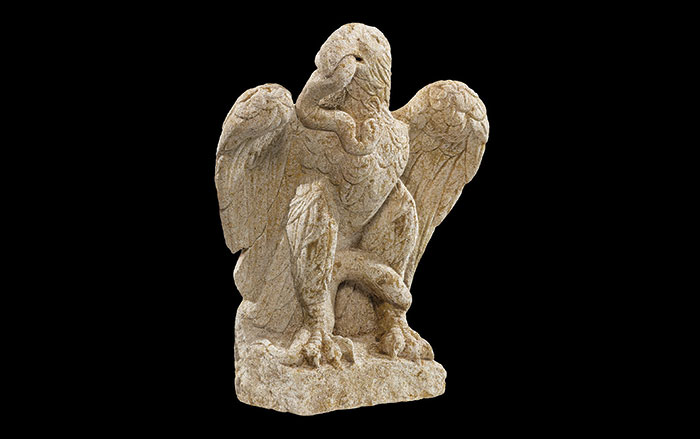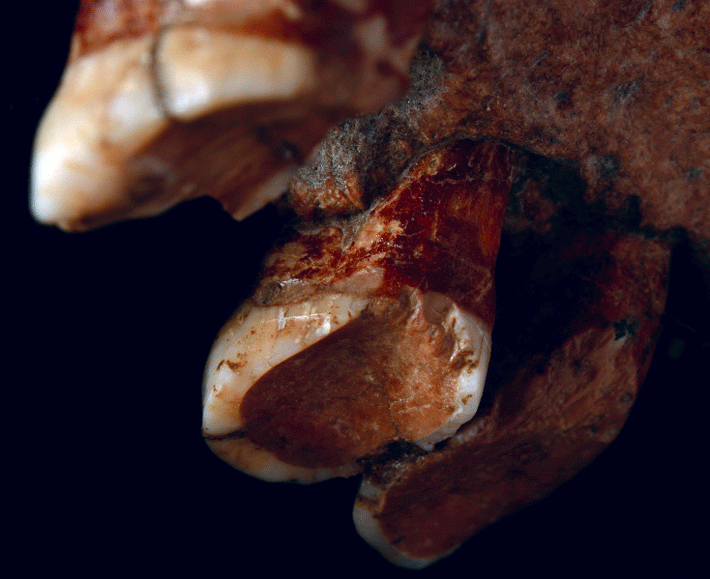
How monotonous was Neanderthal cuisine? The bones of large herbivores found at Neanderthal sites across Europe and Asia seem to indicate that their meals consisted of one course: meat. Several new studies, however, reveal a wider variety of menu options.
Isotope analysis of bones from Kudaro 3 in the Caucasus Mountains (in a disputed area of Georgia) show that Neanderthals there dined on salmon. Fish was also on the menu in southeastern France, at Abri du Maras, where analysis of the residue left on stone tools shows that Neanderthals also ate duck, rabbit, and possibly mushrooms. And when the meals were over, Neanderthals cleaned up with toothpicks that left grooves in their teeth found at Cova Foradà in Spain.
Neanderthals may have made for good dinner companions, but maybe not everything they ate accorded with modern tastes. Research published in 2012 shows that the tartar on Neanderthal teeth contains microfossils from a wide variety of plant foods and medicines (“Neanderthal Medicine Chest,” November/December 2012). But Laura Buck and Chris Stringer of London’s Natural History Museum suggest that Neanderthals may not have directly eaten these plants, but rather ate herbivores’ stomachs containing them. Before you make a face: “We know that many modern hunter-gatherers eat the stomach contents of their prey,” says Stringer. “The Inuit regarded this as a special treat.”


